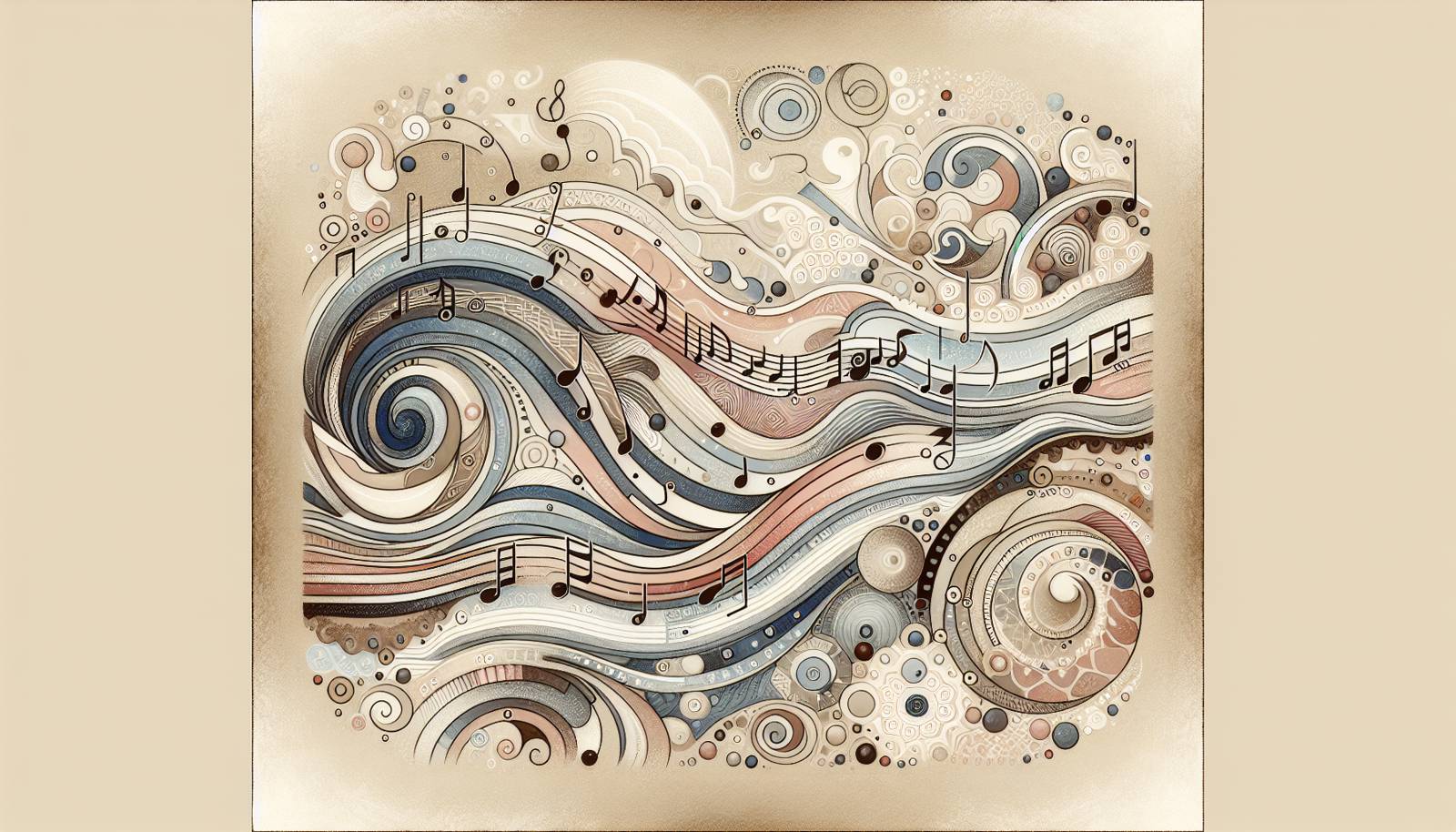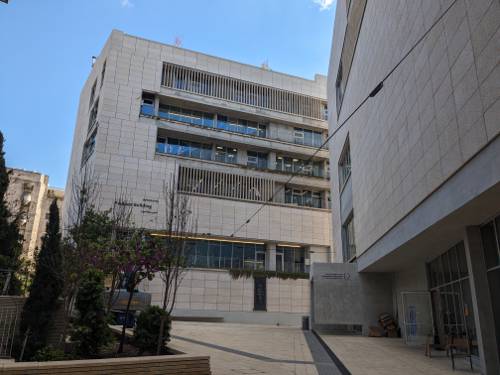
FAQ About The Influence of Middle Eastern Music on Global Sounds

What are some traditional instruments used in Middle Eastern music?
Traditional Middle Eastern music features a variety of unique instruments, many of which contribute to its distinctive sound. Some of the most notable include the oud, a stringed instrument resembling a lute; the qanun, a type of zither with a distinctive, resonant tone; and the nay, a reed flute. Additionally, percussion instruments like the darabuka (a goblet drum) and the riqq (a type of tambourine) are commonly used to create complex rhythmic patterns.

How have Middle Eastern rhythms influenced Western pop music?
Middle Eastern rhythms have significantly influenced Western pop music, particularly through the adoption of complex, syncopated beats that add a distinctive flair to many songs. These rhythms have been used to create a unique sound that stands out in the global music scene, often blending with electronic music to form new genres. Artists like Shakira and Madonna have incorporated these elements into their music, thereby introducing Middle Eastern rhythmic patterns to a broader audience.

Which global music genres have been most influenced by Middle Eastern sounds?
Several global music genres have been influenced by Middle Eastern sounds, including jazz, pop, rock, and electronic music. In jazz, Middle Eastern scales and modes have inspired improvisational techniques and thematic expressions. In pop and rock, artists have blended traditional Middle Eastern instrumentation and rhythms with Western harmonies to create fusion genres. Electronic music producers have also integrated Middle Eastern samples and instruments to enrich their sonic palettes with exotic textures.

Can you name a few popular artists who have incorporated Middle Eastern elements into their music?
Many well-known artists have incorporated Middle Eastern elements into their music, including Sting, who utilized the oud in some of his compositions, and Led Zeppelin, whose famous track "Kashmir" features influences from Middle Eastern music. Shakira and Rihanna have also infused their music videos and performances with Middle Eastern dance and music styles, broadening their creative horizons and appealing to a diverse international audience.

What is the impact of Middle Eastern music on jazz?
Middle Eastern music has had a profound impact on jazz, particularly through the use of modal systems and microtones, which have broadened the harmonic vocabulary of jazz musicians. Pioneers like John Coltrane and Miles Davis explored these influences in their work, pushing the boundaries of jazz composition and improvisation. This integration has led to the creation of sub-genres such as "Ethio-jazz," which blends traditional Ethiopian music with jazz.

How have streaming platforms affected the spread of Middle Eastern music?
Streaming platforms have played a pivotal role in the global dissemination of Middle Eastern music by providing an accessible space for artists from the region to share their work with international audiences. Platforms like Spotify and YouTube have enabled listeners worldwide to discover Middle Eastern music beyond traditional boundaries, creating opportunities for collaboration and fusion with other global music styles.

What role does the <i>maqam</i> system play in Middle Eastern music?
The maqam system is a foundational element of Middle Eastern music, functioning as a set of scales and melodic frameworks used for composing and improvising music. Each maqam has distinct melodic characteristics and emotional associations, guiding musicians in creating nuanced musical expressions. The use of maqam in Middle Eastern music adds a rich, emotive quality that strongly influences listeners.

Are there any Middle Eastern music festivals that celebrate this cultural exchange?
Yes, there are several Middle Eastern music festivals that celebrate cultural exchanges and showcase diverse musical talents. Events like the Jerusalem International Oud Festival and the World Sacred Spirit Festival in India highlight the cross-cultural influences of Middle Eastern music by featuring artists who blend native sounds with global musical traditions. These festivals foster international understanding and appreciation for the region's rich musical heritage.

What is "Arabesque" music in Western classical compositions?
"Arabesque" in Western classical compositions refers to pieces that are influenced by Middle Eastern musical styles, characterized by intricate patterns and ornamentation. Composers like Claude Debussy and Enrique Granados have created works titled "Arabesque," where they incorporate the melodic fluidity and ornamental characteristics of Middle Eastern music, thereby bridging Western and Eastern musical traditions.

How did the Arabic scale influence Western music?
The Arabic scale has influenced Western music by introducing exotic and non-standard scalar modes, often characterized by microtones and unique intervallic structures. This influence is particularly notable in gypsy, flamenco, and some jazz and rock music, where musicians have creatively drawn on these scales to produce complex, expressive melodies that deviate from traditional Western tonality.

What are examples of Middle Eastern music influencing film scores?
Middle Eastern music has had a significant impact on film scores, providing an atmospheric and sometimes otherworldly quality to movies. Composers like Maurice Jarre and Hans Zimmer have utilized Middle Eastern instruments and scales in their scores for films such as "Lawrence of Arabia" and "Gladiator," respectively. These scores often use the oud, ney, and qanun, among other instruments, to evoke the rich cultural landscapes depicted in the films.

Has electronic music been influenced by Middle Eastern themes?
Yes, electronic music has been significantly influenced by Middle Eastern themes. Many electronic music producers incorporate Middle Eastern instruments and samples, creating a fusion of traditional and modern sounds. This blend results in innovative music that appeals to global audiences. Tracks often feature the use of oud or ney alongside synthesized beats, creating unique auditory experiences that draw listeners into diverse cultural soundscapes.

How do Middle Eastern dance forms integrate with global music styles?
Middle Eastern dance forms, such as belly dancing, have seamlessly integrated with global music styles by incorporating diverse rhythms and movements into performances. This integration is often seen in concerts where artists combine modern pop or electronic music with traditional Middle Eastern dance elements, enhancing the visual appeal and cultural depth of their shows. This fusion contributes to a more dynamic and inclusive performance art landscape.

Are there specific musical traits that define Middle Eastern music?
Middle Eastern music is defined by several unique traits, including the use of microtones, complex polyrhythms, and the maqam system. The music often features intricate melodies and ornamentation, creating a rich tapestry of sound. Percussion plays a vital role, with rhythms that are both complex and varied, providing a pulsating backdrop that enhances the melodic intricacies.

How did Middle Eastern music influence Western rock and roll?
Middle Eastern music influenced Western rock and roll primarily through the incorporation of exotic scales and unique rhythms, adding a new dimension to the genre's sound. Bands like Led Zeppelin used Middle Eastern themes and scales to create deeply resonant and evocative music, exemplified in their song "Kashmir." This fusion expanded the creative possibilities of rock music and inspired musicians to explore more diverse musical expressions.

What is the significance of the <i>oud</i> in Middle Eastern music?
The oud is a central instrument in Middle Eastern music, renowned for its rich, warm tones and versatility. Often considered the precursor to the Western lute, it is a fretless, stringed instrument capable of producing a wide range of pitches, making it ideal for expressing the nuanced scales and microtones prevalent in Middle Eastern music. The oud is quintessential in traditional and contemporary Middle Eastern music, symbolizing the region's rich cultural heritage.

How has Middle Eastern music influenced contemporary music videos?
Middle Eastern music has influenced contemporary music videos by introducing new visual aesthetic elements related to the region's culture, dance, and traditional attire. Many artists incorporate Middle Eastern themes and settings in their videos to enhance the narrative or emotional impact of the music. This trend not only broadens the cultural horizon of music videos but also helps preserve and showcase Middle Eastern art forms on global platforms.

What is the role of microtones in Middle Eastern music?
Microtones play a crucial role in Middle Eastern music, as they allow for a wide array of expressive possibilities that are not possible within the confines of Western classical music's 12-tone system. The use of microtones helps create nuanced and emotionally resonant melodies, adding depth and complexity to compositions and performances. This characteristic contributes to the unique sound signature of Middle Eastern music.

Are there any contemporary artists blending Middle Eastern and Western music?
There are several contemporary artists who skillfully blend Middle Eastern and Western music, creating unique fusion sounds. Artists like A-WA, Azam Ali, and Natacha Atlas have successfully integrated traditional Middle Eastern music elements with Western pop, electronic, and folk music, gaining international acclaim. These artists help bridge cultural gaps and introduce diverse audiences to rich musical traditions through innovative collaborations.

What is the historical significance of Middle Eastern music in global culture?
Middle Eastern music's historical significance in global culture lies in its role as one of the world's earliest documented musical traditions. With roots tracing back thousands of years, it has profoundly influenced the development of music in various regions, notably the Mediterranean, Europe, and Asia. This long-standing tradition has contributed richly to the formation of musical theory, especially in areas involving scales, modes, and musical instruments.
